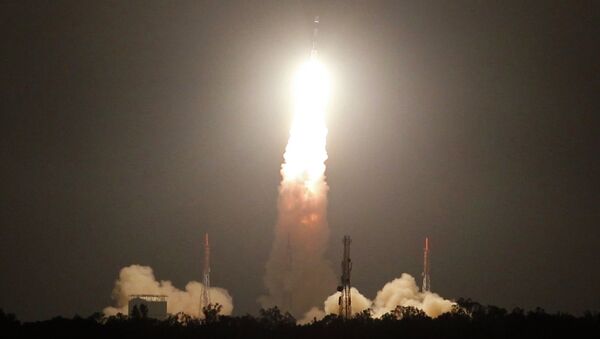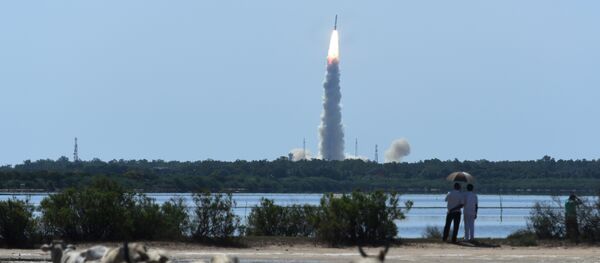New Delhi (Sputnik) — After a highly cost-effective Mars mission, Indian Space Research Organization (ISRO) is planning missions to Venus and Jupiter planet in the near future, confirmed a senior Indian space scientist.
“We are looking at other planets that we can explore. So, two of them are Jupiter and Venus. We are conducting a mission analysis is on the type of satellite we should build and the type of rocket we need. Studies are going on and it may take a few years from now to have a concrete plan,” M Nageswara Rao, Associate Director, ISRO said.
“ISRO is trying to look at planets other than Mars basically for scientific exploration. Every planet has its own peculiarity. Similar to the Mars mission, everyone is trying to understand the nature of other planets, their climatic conditions so it is more of a scientific quest one can say,” says Group Captain Ajey Lele (retired), space and national security expert at Institute of Defense and Security Analyses in New Delhi.
ISRO has also planned a follow on mission to the Mars Orbiter Mission. India’s second mission to Moon planned for 2018 involves having a lander and a rover.
“These missions will hardly constitute four to five per cent of ISRO’s entire budget. There are so many other avenues ISRO is trying to look at. If you look at moon and Mars mission, it hardly cost at some three to four per cent of ISRO’s budget. So these missions are very cost effective as far as ISRO is concerned. Venus and Jupiter missions will also be cost effective missions,” says Ajey Lele.
While, China is way ahead in exploring space, its neighbour India is slowly but steadily making inroads.



